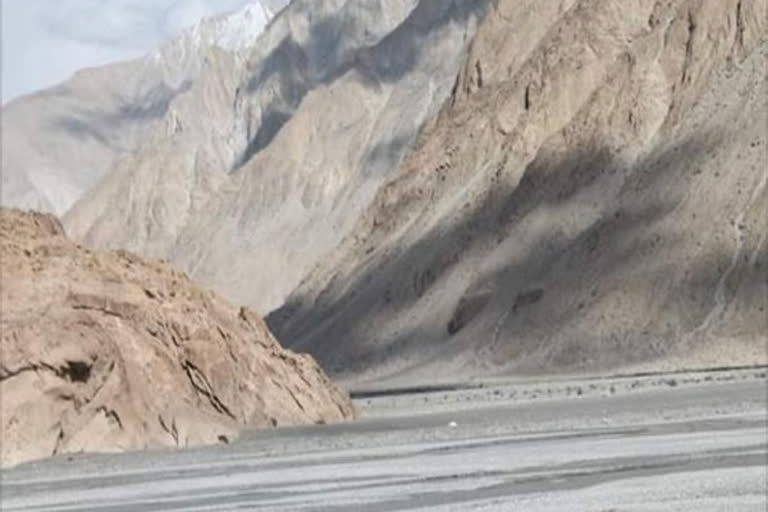New Delhi: Quick and timely reinforcements by the security forces in the Galwan Nala area saved the day for the Indian side as the Chinese Army wanted to carry out deeper incursions there upto their claim lines inside the Indian territory. "When the Chinese Army started building up its troops along the Line of Actual Control (LAC) in the Galwan Nala area in the first week of May, they wanted to carry out deeper incursions into the Indian territory upto their claim lines.
Initially, the response was hampered but then due to quick reinforcements of troops by the Indian security forces prevented Chinese plans to be realised at one of the locations there," sources said. The reinforcements helped us to plug critical points and averted a possible deep incursion planned to be carried out there by the Chinese Army which has come using the Nala and has positioned itself near the Indian positions near the Patrolling Point 14 there under the Daulat Beg Oldie area, they said. The Chinese troops are also present in the Galwan Nala at a position close to the area of the 114 Brigade at some distance from the PP-14, the sources said.
Chinese troops walked into the Galwan Nala area from their road head 17 km from the Indian post KM120. In the past, while India has objected to the Chinese building roads in the area opposite to the Indian positions, the Chinese have raised objections to the Indian Army constructing a bridge near the Indian patrolling point 14 near the Galwan Nala. India has deployed around two companies of troops at the Indian position KM-120 near the bridge location in that area. Sources said that the Chinese have been feeling threatened by the road infrastructure being built by the Indian side in the DBO area in the last two to three years which have started showing results now.
"The Chinese have also been sending their choppers to the Indian construction sites and at occasions, they also hovered at low heights inside the Indian Territory to raise their objections," the sources said adding that India has been raising objections over these developments at the appropriate levels.
